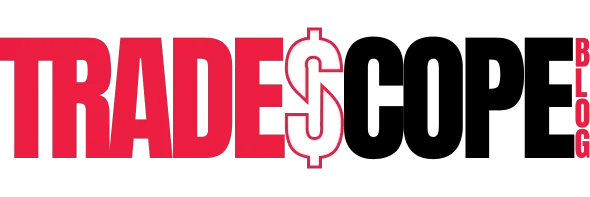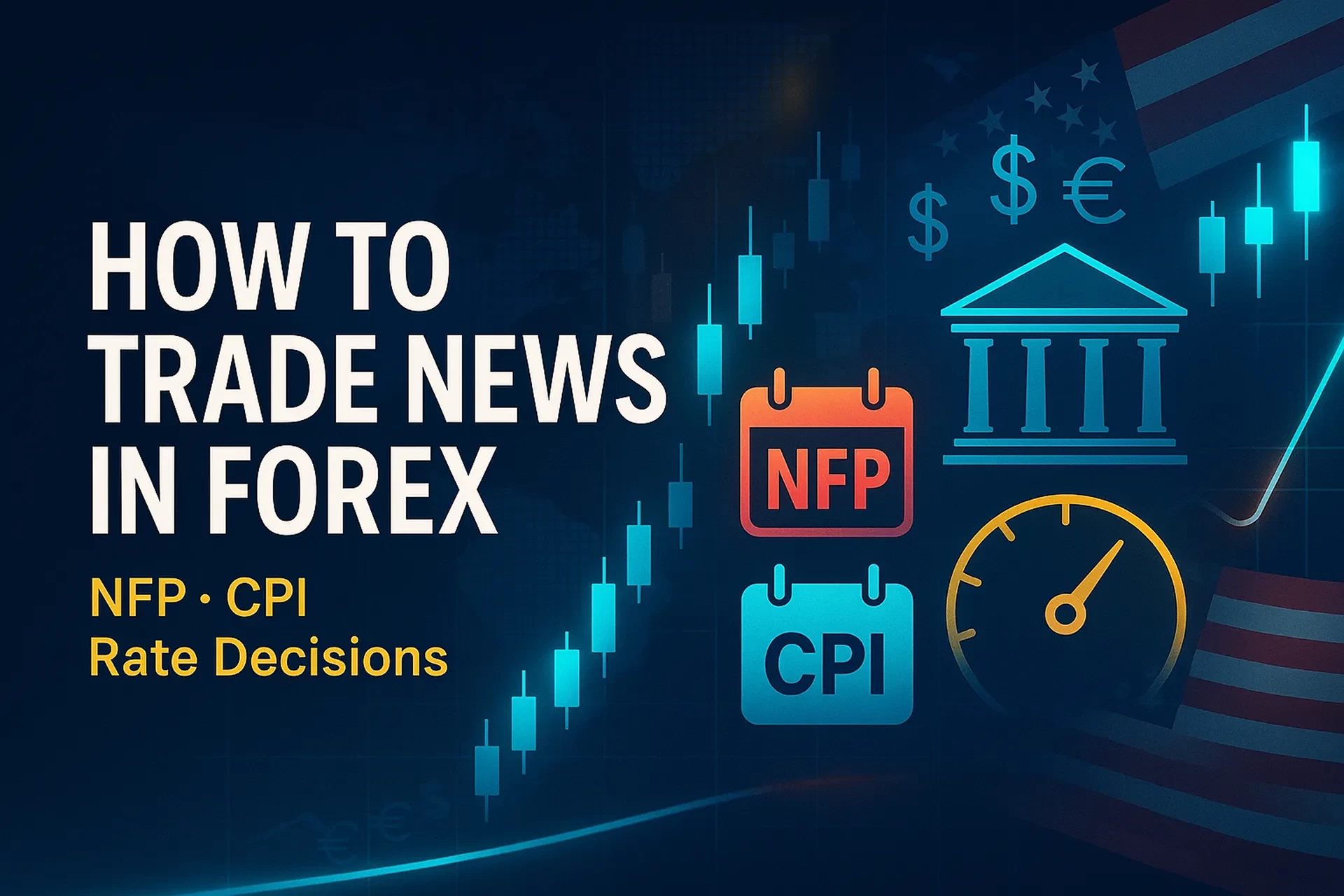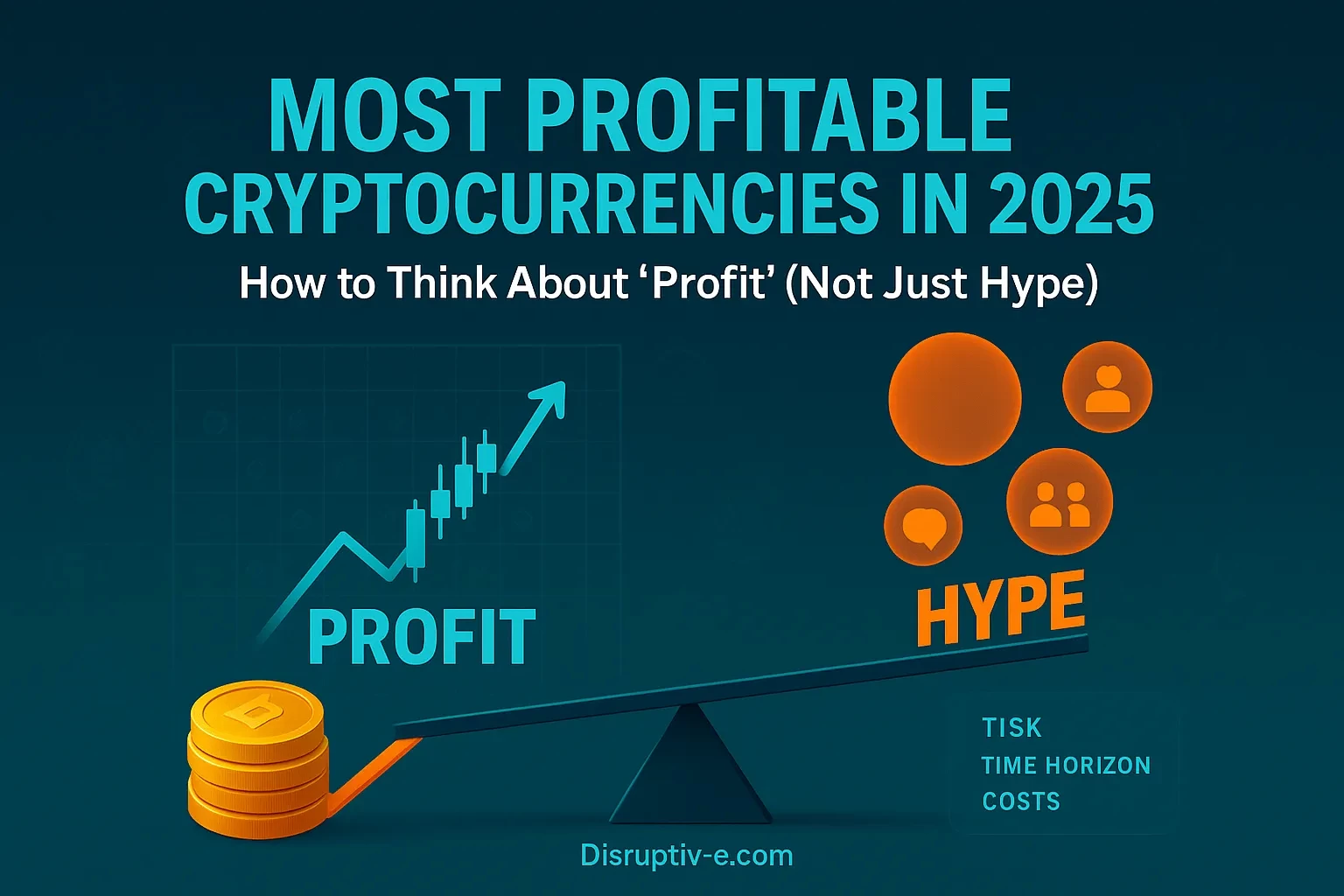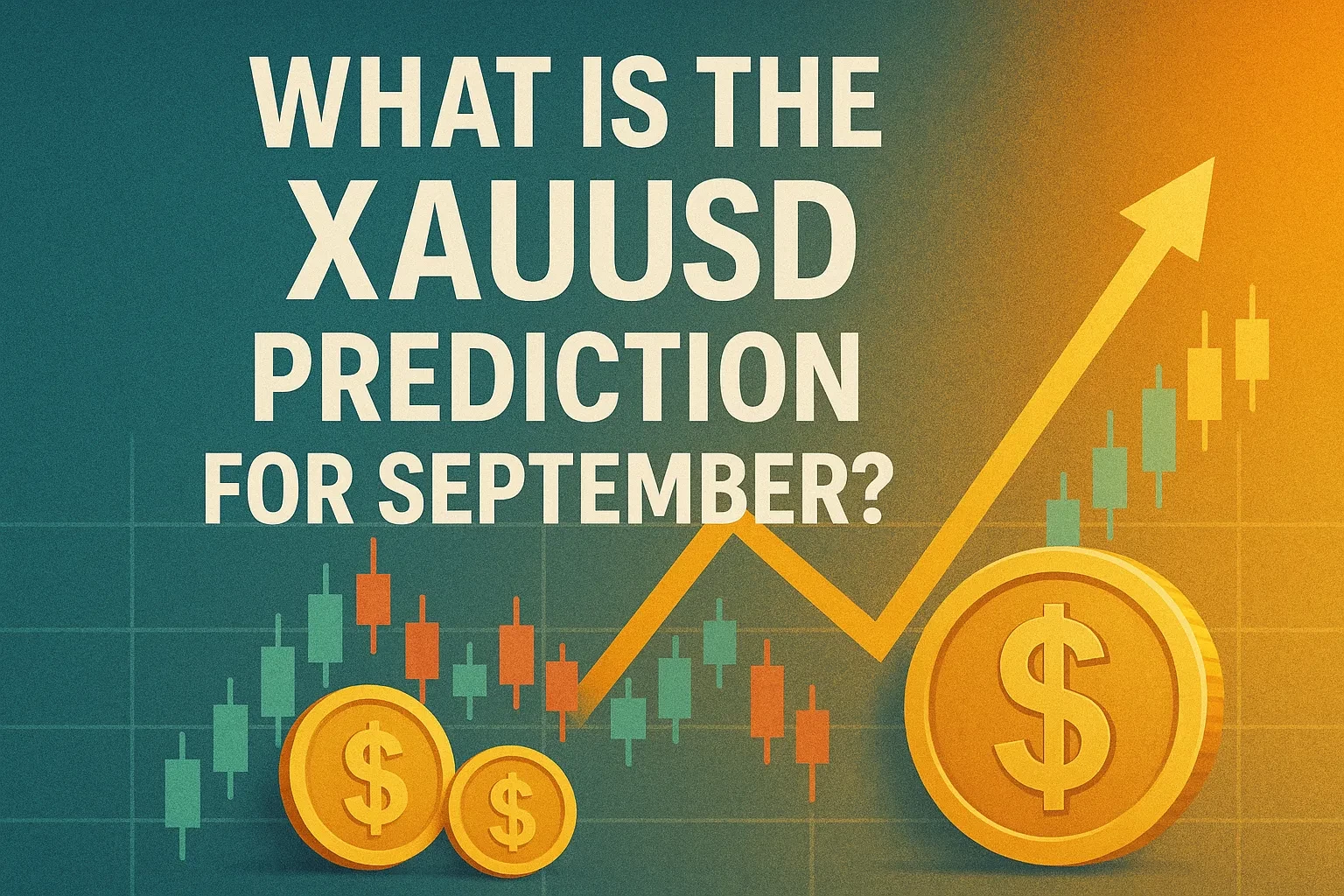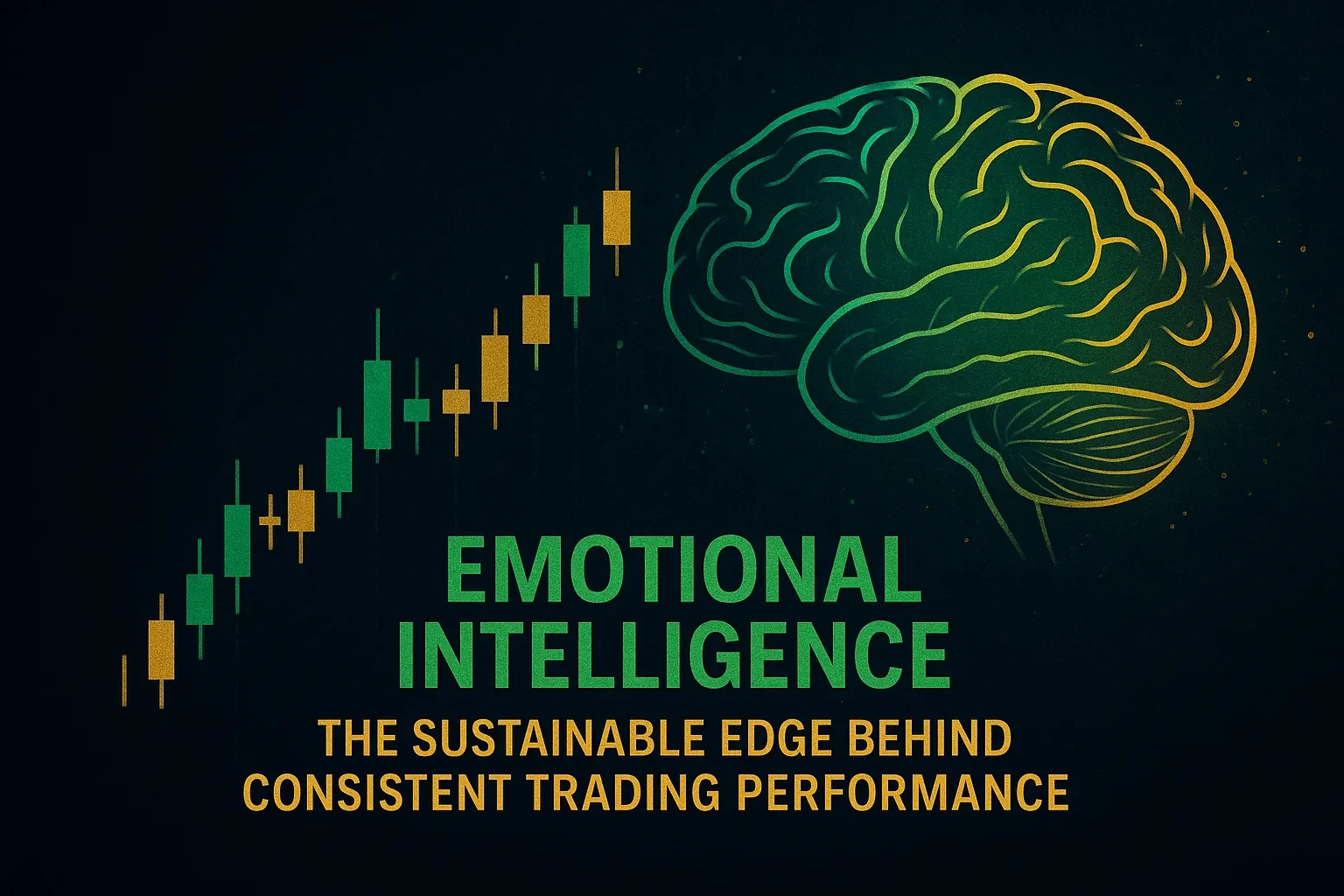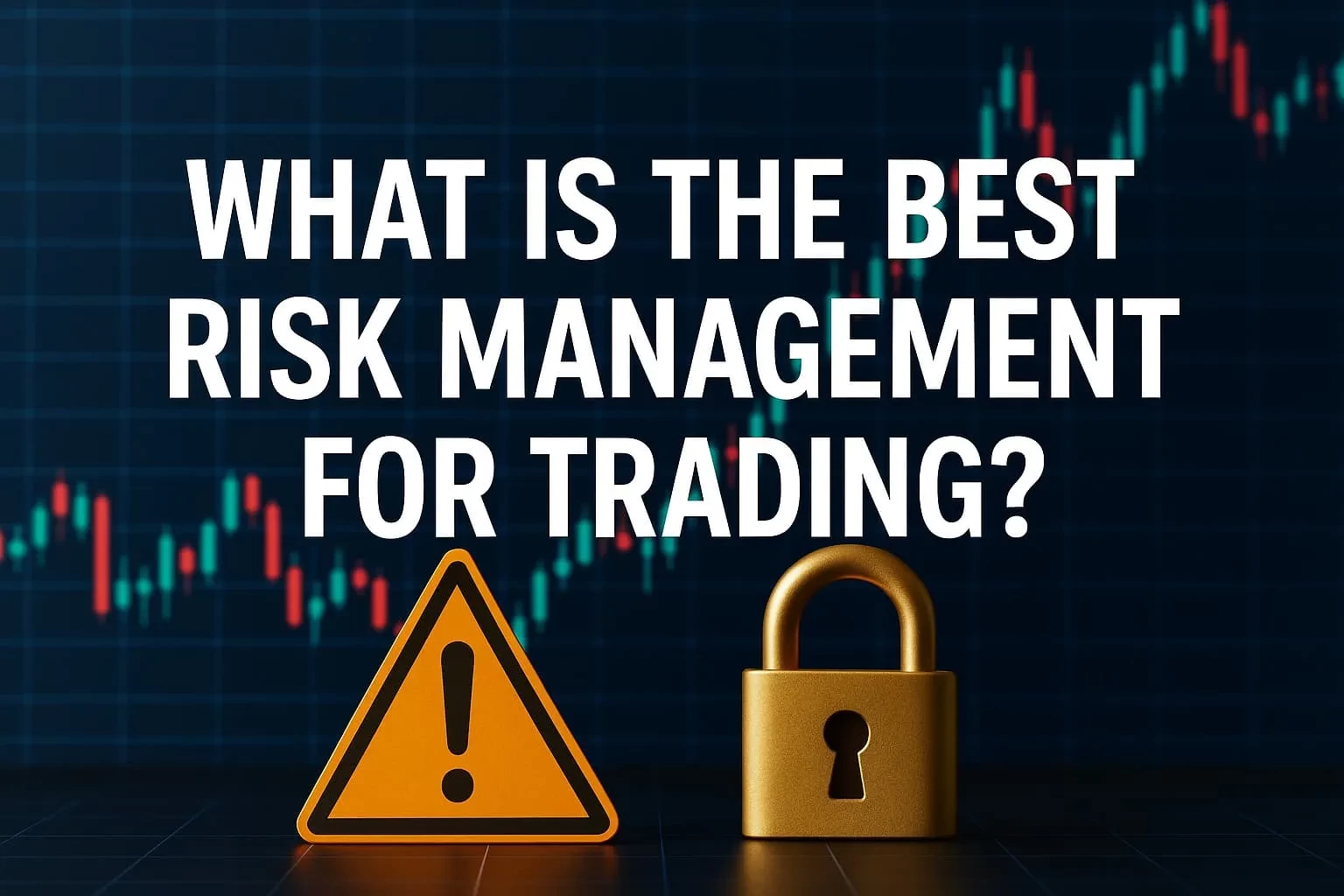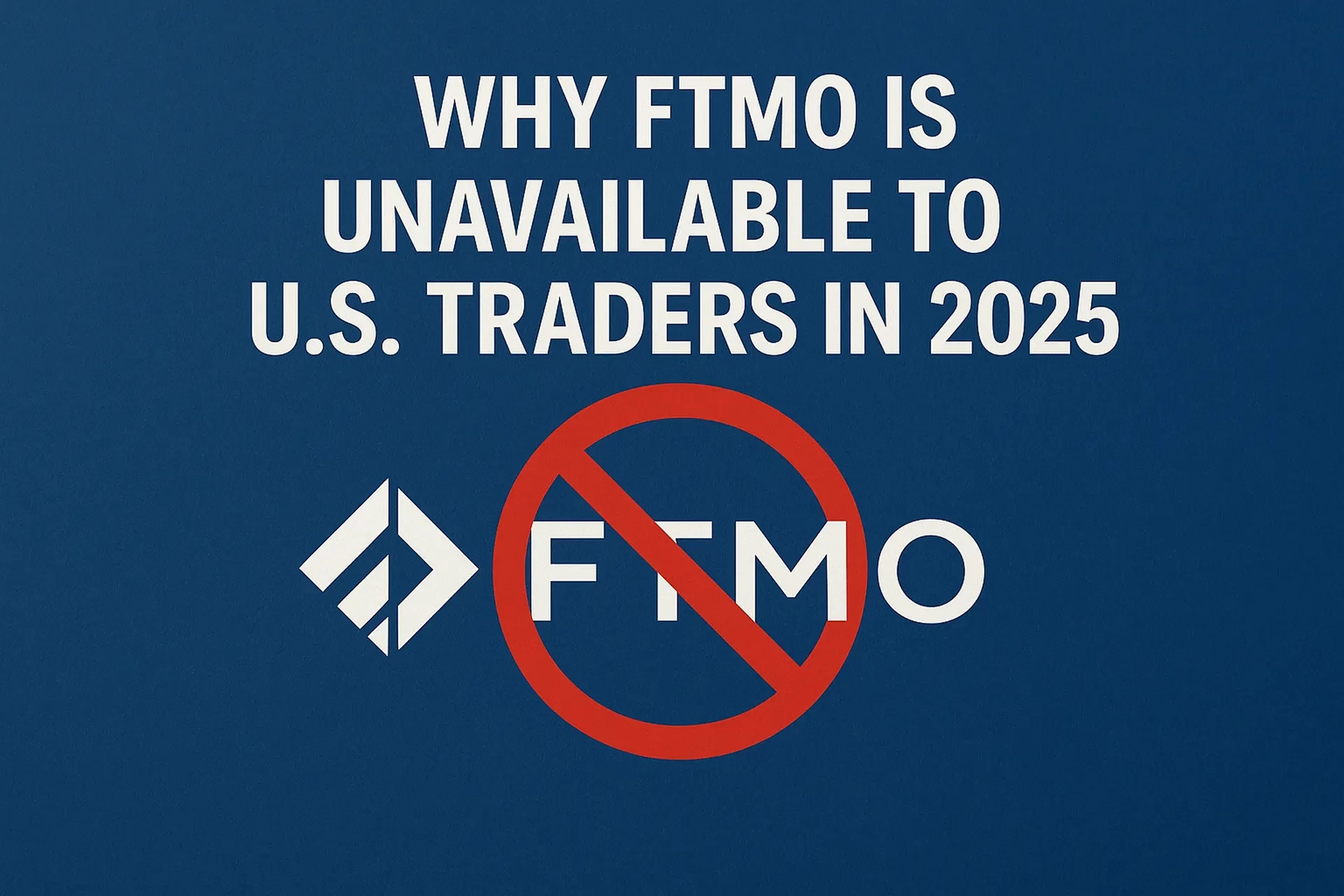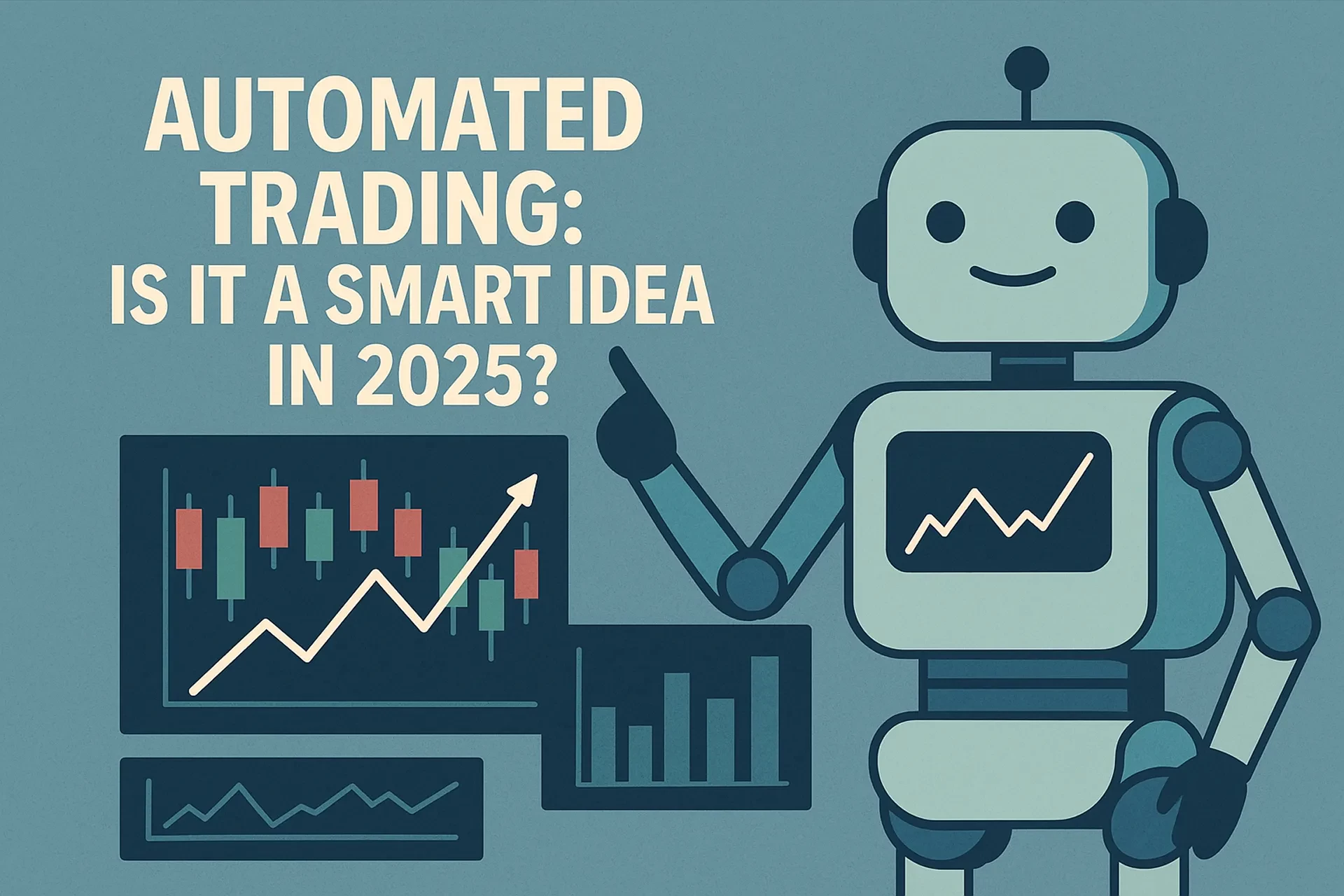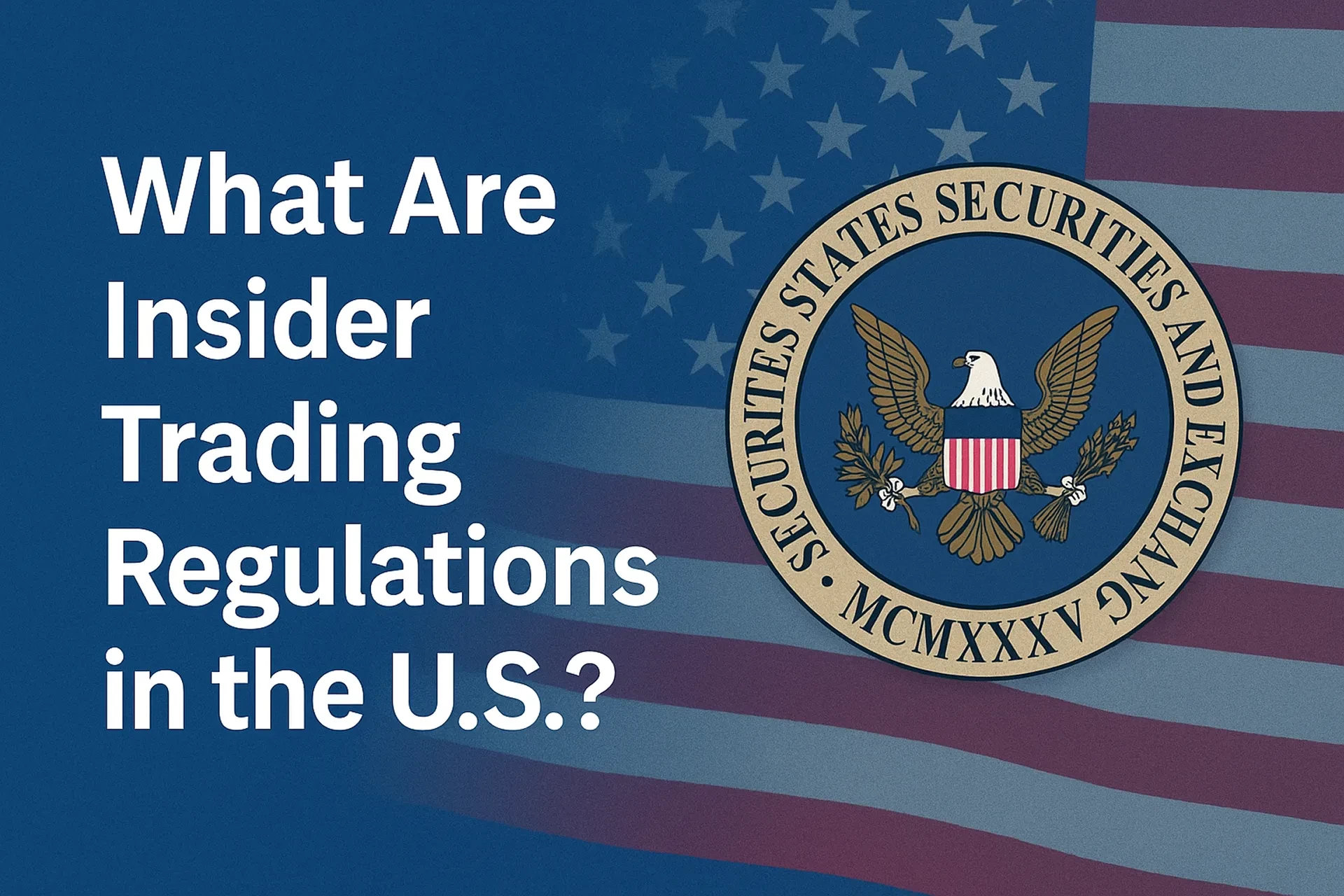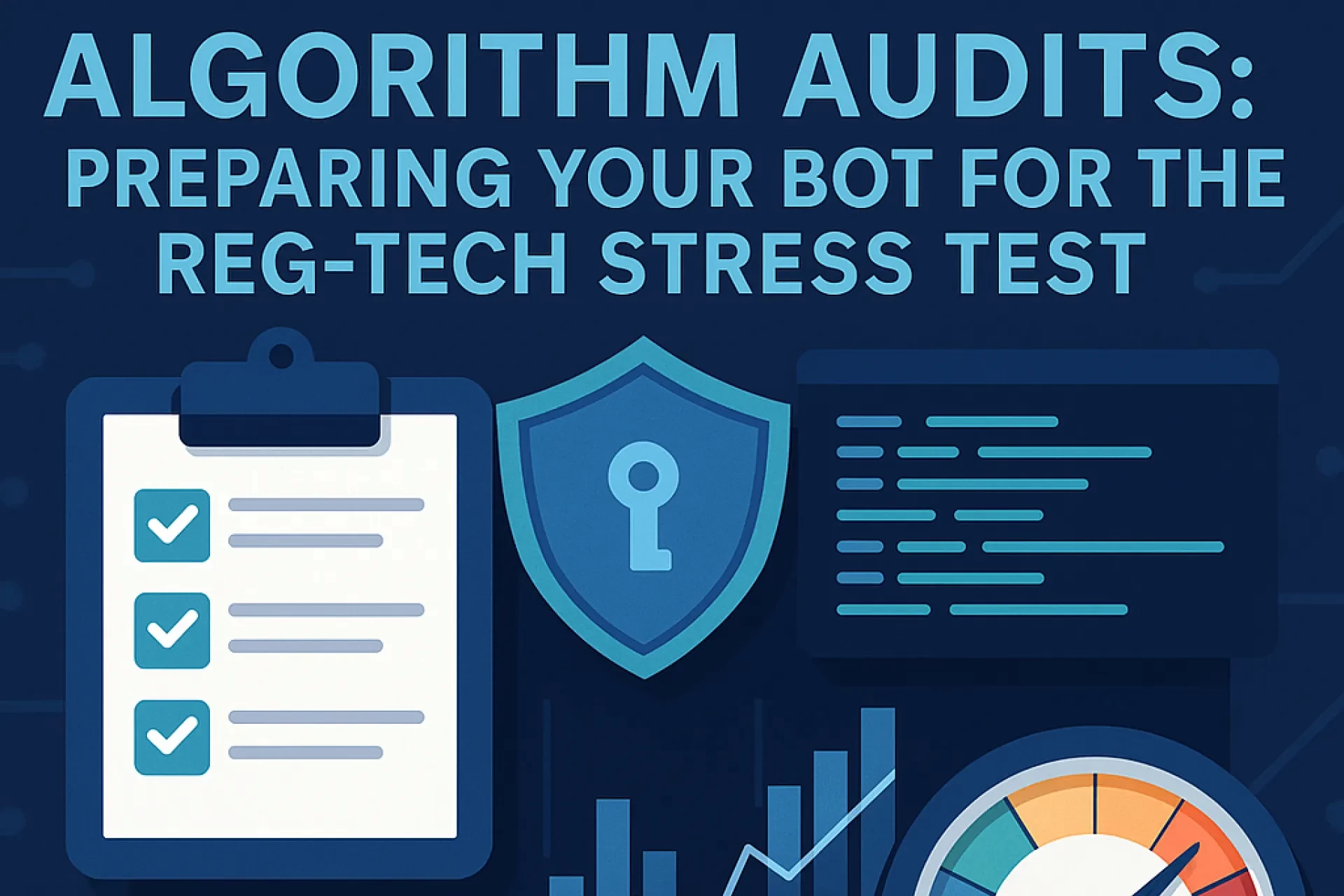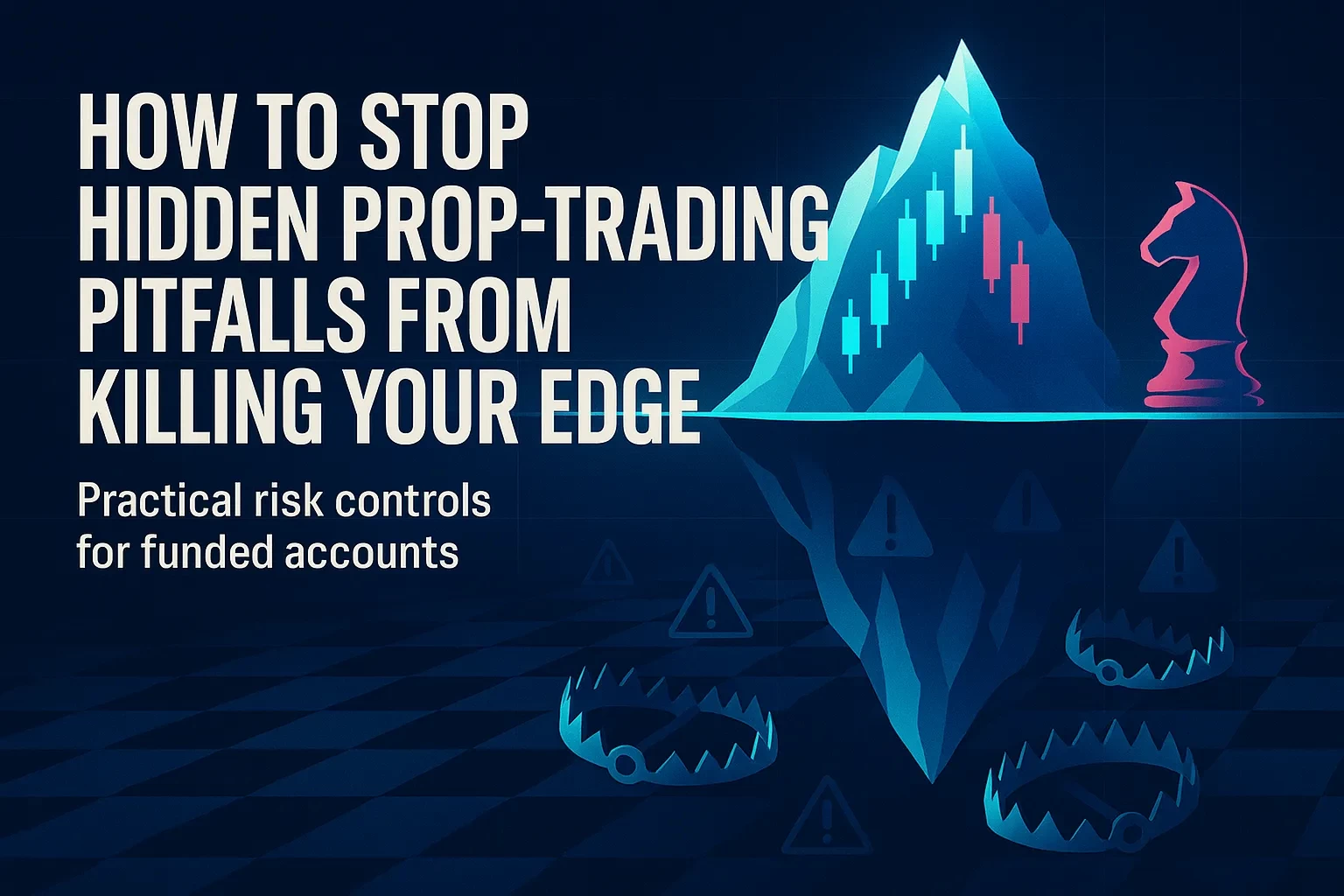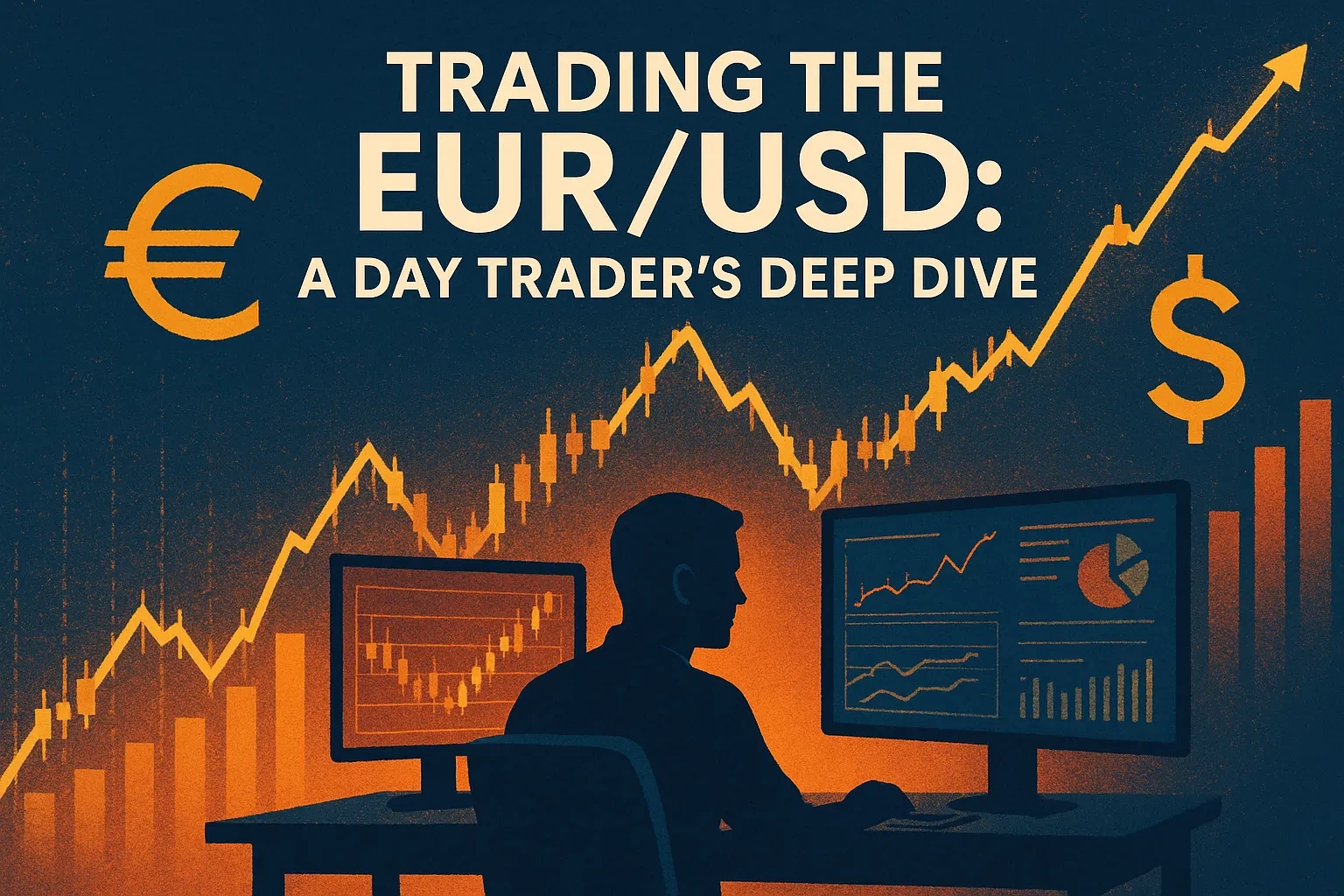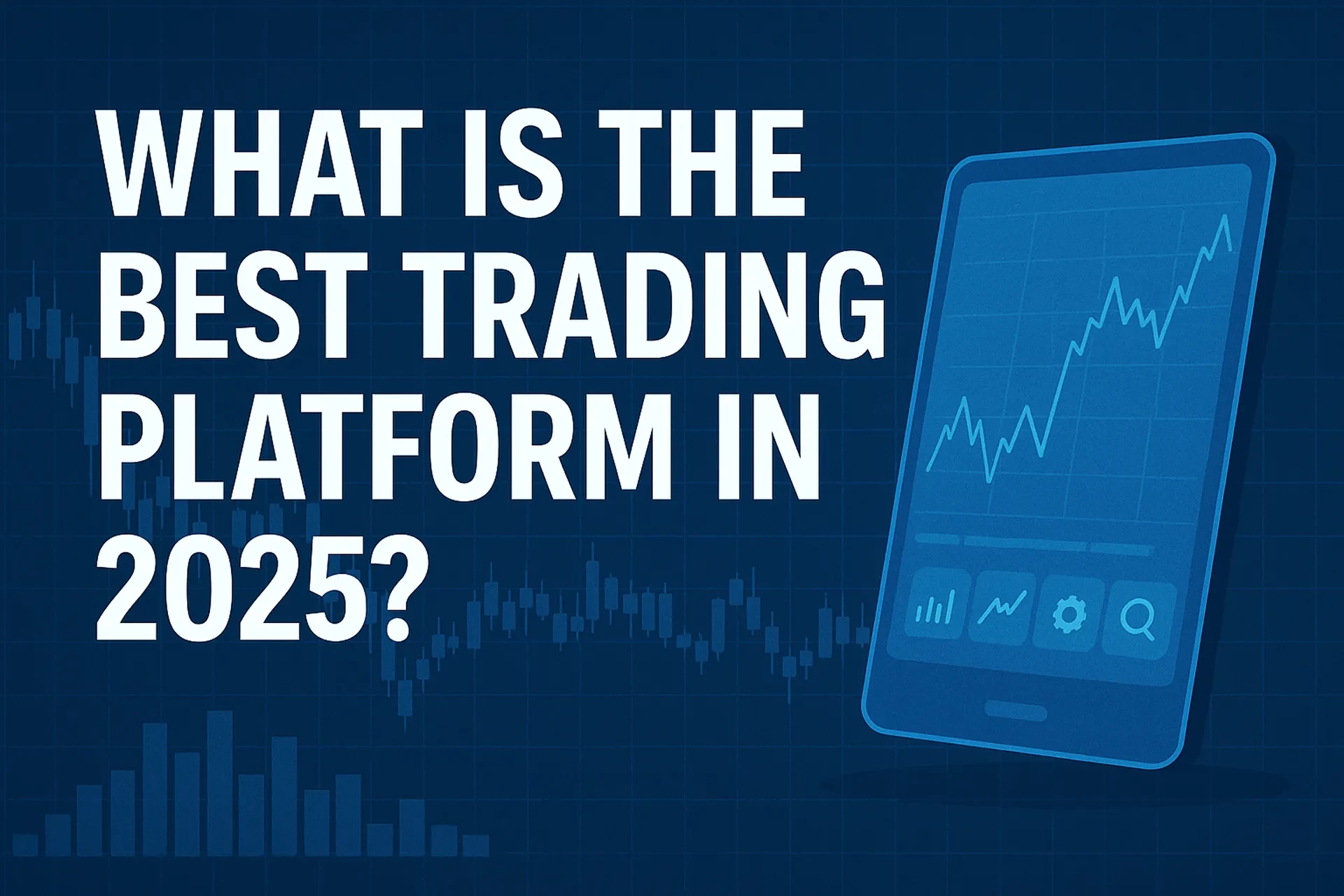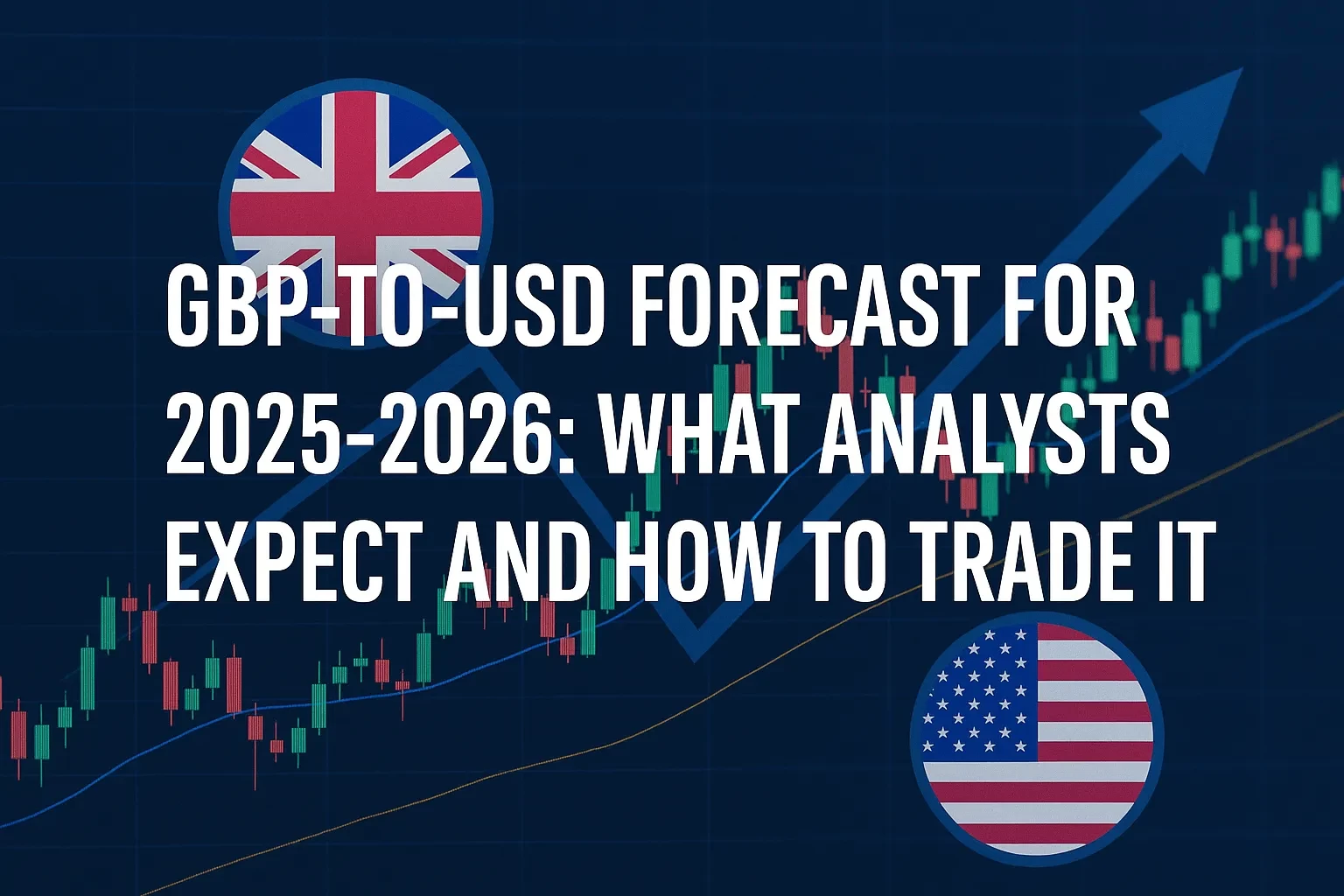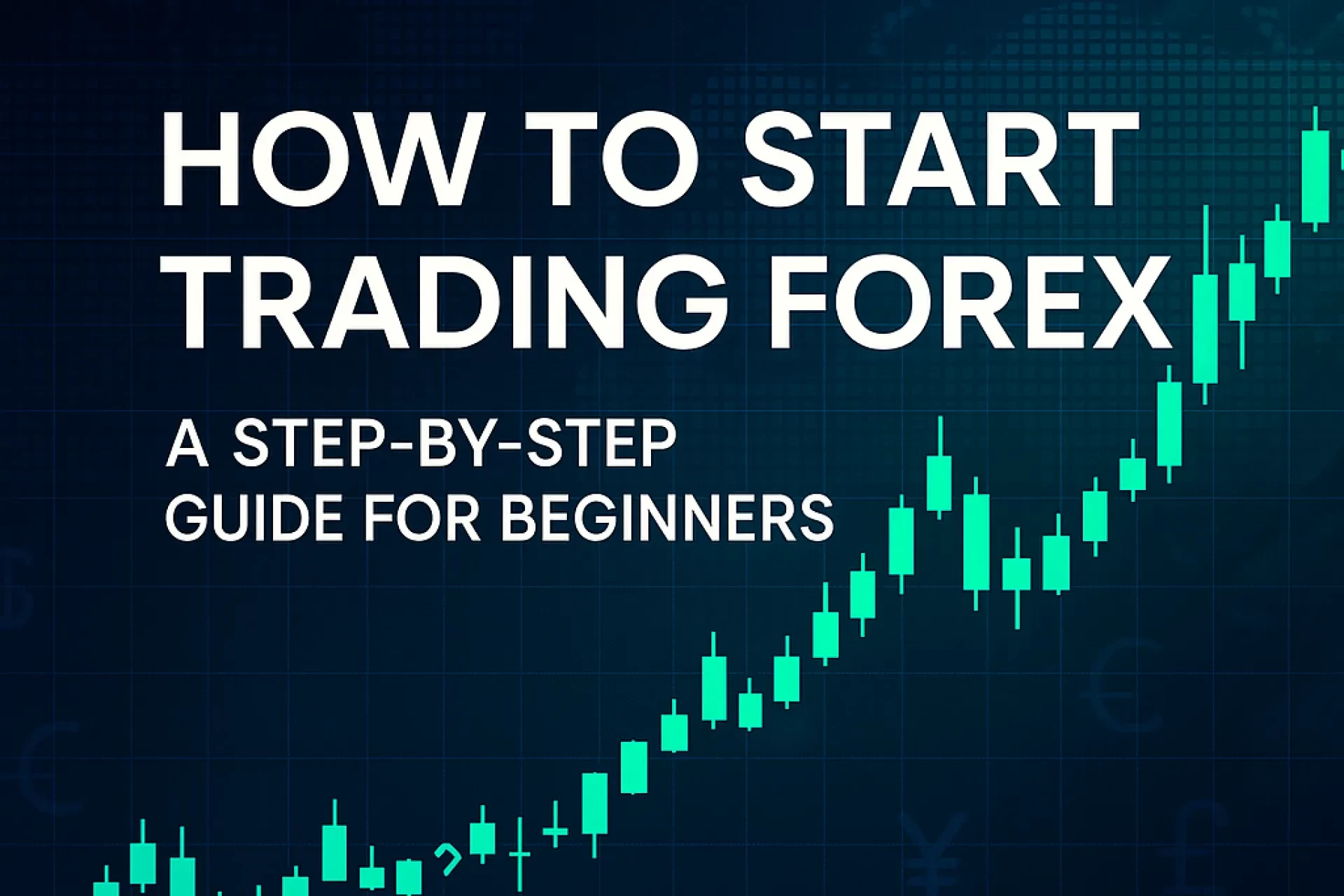Table of Contents
Flat markets kill momentum but they feed grid bots. For years, crypto traders have drawn price corridors and let scripts shovel micro-orders back and forth. Yet the classic grid is dumb: spacing and lot size freeze at launch. In 2025 a new wave of reinforcement-learning-driven (RL) grid bots is emerging, able to feel volatility, throttle risk and even delete themselves when the range breaks. Binance’s April update explicitly touts “AI-powered” grid presets, and HTX relaunched its futures grid with adaptive spread controls.:contentReference[oaicite:0]{index=0} This deep dive shows how RL rewires the old buy-low-sell-high lattice into a self-optimising market-making engine.
1. Grid Trading 1.0 — Strength and Limits of Static Parameters
• Price corridor fixed at launch; no reaction to volatility crush or breakout.
• Equal distance between orders; ignores clustered liquidity near round numbers.
• Profit depends on chop; trending regimes nuke inventory.
• Manual re-grid costs time and gas fees on DEXs.
• Static bots still dominate retail use because they are transparent and easy. Binance and ChainPlay list grids as the go-to beginner tool in 2025.:contentReference[oaicite:1]{index=1}
Key takeaway: Classic grids monetise mean-reversion but die when variance regime shifts. RL steps in to learn when to widen, shrink or exit entirely.
2. Why Reinforcement Learning Changes the Game
RL treats grid management as a sequential decision process: every filled order changes inventory and PnL state; the agent chooses the next action (insert, cancel, widen, close) to maximise cumulative reward. Compared with supervised ML, no labelled “ideal grids” are required—only feedback from simulated or live trading.
• Adaptive spacing. SAC and PPO agents learn to compress the grid during low volatility to harvest more fills, then expand when ATR spikes to avoid whipsaw.:contentReference[oaicite:2]{index=2}
• Dynamic inventory skew. RL bots bias size toward perceived trend probability, effectively blending grid and trend-following logic.
• Self-shutdown. If reward expectation turns negative (e.g., Bollinger band break), the policy exits and waits, solving the “trending kill switch” problem.
• Transaction-fee awareness. Reward function can subtract taker fee and funding, so the bot learns fee-efficient behaviour automatically.
3. RL Algorithms That Actually Work on Price Grids
• Q-Learning (+ Double DQN). Works on discrete action set (shift grid up, down, widen, shrink). Converges fast on range-bound pairs but suffers from value overestimation.
• Proximal Policy Optimisation (PPO). Popular because clipped objective stabilises training; supports continuous actions (precise price offsets). Research from ScienceDirect shows PPO beating buy-and-hold by 18 % on BTC/USDT in 2024 sims.:contentReference[oaicite:3]{index=3}
• Soft Actor-Critic (SAC). Off-policy entropy maximisation suits noisy order-book environments; proven in market-making papers.:contentReference[oaicite:4]{index=4}
• Episodic Curiosity DQN. Adds intrinsic reward when price enters unseen region—ideal for grid bots that must initialise spacing in fresh territory.
4. State-Space Engineering: Features for Range Detection
RL performance hinges on what the agent observes:
• Relative price location inside rolling high-low window (0–1).
• ATR / grid-width ratio to signal over-compression.
• Last fill direction and inventory imbalance (-1…+1).
• Order-book slope (bids-asks depth) down-sampled to four buckets.
• Funding rate, implied vol and taker fee tier as exogenous costs.
Feature engineering mirrors the “Non-Markov market-making” literature that adds latent jump intensities to the state vector.:contentReference[oaicite:5]{index=5} The richer the state, the more situations the agent distinguishes—which reduces catastrophic grid choices.
5. Sim vs. Live: Designing an Environment That Doesn’t Lie
Back-testing RL grids is tricky: if the simulator omits slippage, funding and partial fills, the policy overfits. Best practice:
• Replay level-2 order-book snapshots; randomise time warp to prevent memorisation.
• Inject latency jitter (20-200 ms) so agent learns to repost within realistic delays.
• Model maker/taker fee tiers and funding clocks.
• Benchmark against “optimal static grid” baseline to quantify RL lift.
Open-source frameworks like gym-trading and tensortrade embed these features; researchers port SAC agents there before pushing to exchanges via REST/WebSocket.:contentReference[oaicite:6]{index=6}
6. Risk Management: Inventory Drag, Tail Events & Leverage
Classic grids blow up when price escapes the band; RL mitigates but cannot abolish risk. Key controls:
• Inventory cap. Reward penalty proportional to absolute position size.
• Kurtosis-aware stop. Monitor 4-hour rolling kurtosis; if > 4, shrink grid by 50 % or pause.
• Adaptive leverage. Futures grids must map margin utilisation to risk budget; RL agent can learn leverage multiplier as action dimension.
• Tail hedge overlay. Long OTM options fund tail insurance from grid profits; RL decides hedge ratio.
7. Case Studies 2024-25: Binance, HTX and Open-Source Agents
• Binance AI Grid (Apr 2025). Uses rolling volatility clusters to auto-reset grid; early metrics show 12 % higher filled orders vs. manual.:contentReference[oaicite:7]{index=7}
• HTX Futures Grid 2.0 (Dec 2024). Added “AI-adaptive step” slider; users report smoother PnL on ETH/USDT 3x-leveraged pairs.:contentReference[oaicite:8]{index=8}
• SAC-Grid on Arbitrum DEX. Community RL bot trained on 6 months of GMX order-book; delivered 0.9 Sharpe after fees in live A/B test (Reddit r/algotrading post, May 2025).:contentReference[oaicite:9]{index=9}
8. Measuring Edge: Sharpe, Turnover Efficiency & Grid Uptime
Traditional metrics (Sharpe, Sortino) still matter, but grids demand extras:
• Turnover efficiency = (PnL / number of fills) – highlights fee drag.
• Grid uptime = fraction of time at least one buy & one sell order live.
• Adaptive gain = RL Sharpe ÷ Static grid Sharpe over same window.
• Max gap endured = largest continuous price move outside last grid bounds before agent exits.
9. Building Your Own RL Grid Pipeline
Step-by-step:
1 › Collect level-2 data (Binance Spot or Perps) via WebSocket.
2 › Pre-process to 250 ms snapshots; store in Parquet.
3 › Build gym-style env with state features from §4.
4 › Train PPO or SAC for 1–3 million steps on GPU (≈6 h A100).
5 › Run paper-trade session via exchange testnet; compare metrics from §8.
6 › Deploy live with risk caps, tail hedges, cloud-function watchdog (kills bot if API errors).
10. Looking Forward — Agent-Based Liquidity and On-Chain RL
DEXs like Uniswap v4 will let LP positions embed bytecode; RL grid agents may live inside pools, auto-rotating liquidity bands to outcompete passive LPs. On L2 chains the gas cost is low enough for per-minute re-grids. Cross-exchange agents will arbitrage range inefficiencies by teleporting inventory. Market-making papers already test multi-agent games where bots learn to negotiate
spreads; expect grids to evolve into adaptive limit-order bots that quote both edges of the book and reprice by microseconds.
Conclusion: Range-Aware Autonomy
Reinforcement learning has turned the humble grid into a self-tuning market maker that adapts to volatility, fees and trend breaks. Static grids are not obsolete; they’re the baseline an RL agent must beat. Traders who embrace agent-based grids gain a new knob: policy design. Tune the reward, control the behaviour—and harvest the chop while others chase breakouts.
